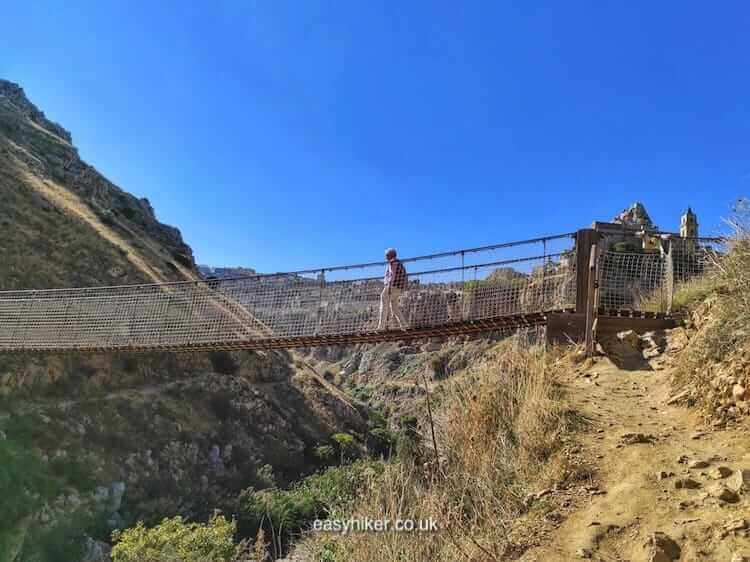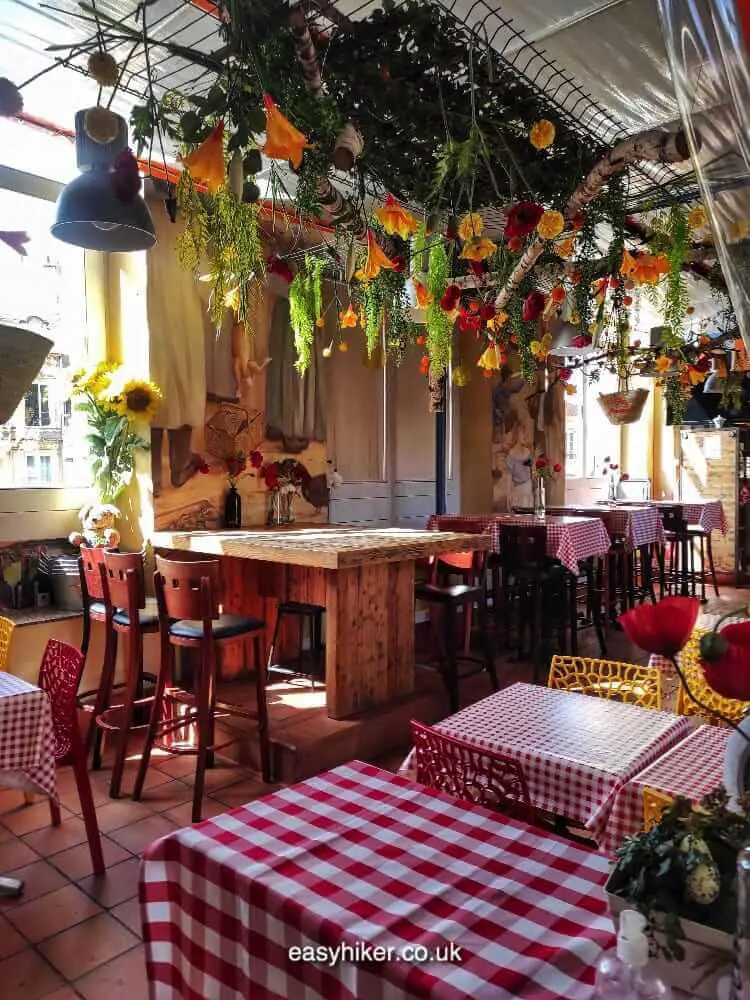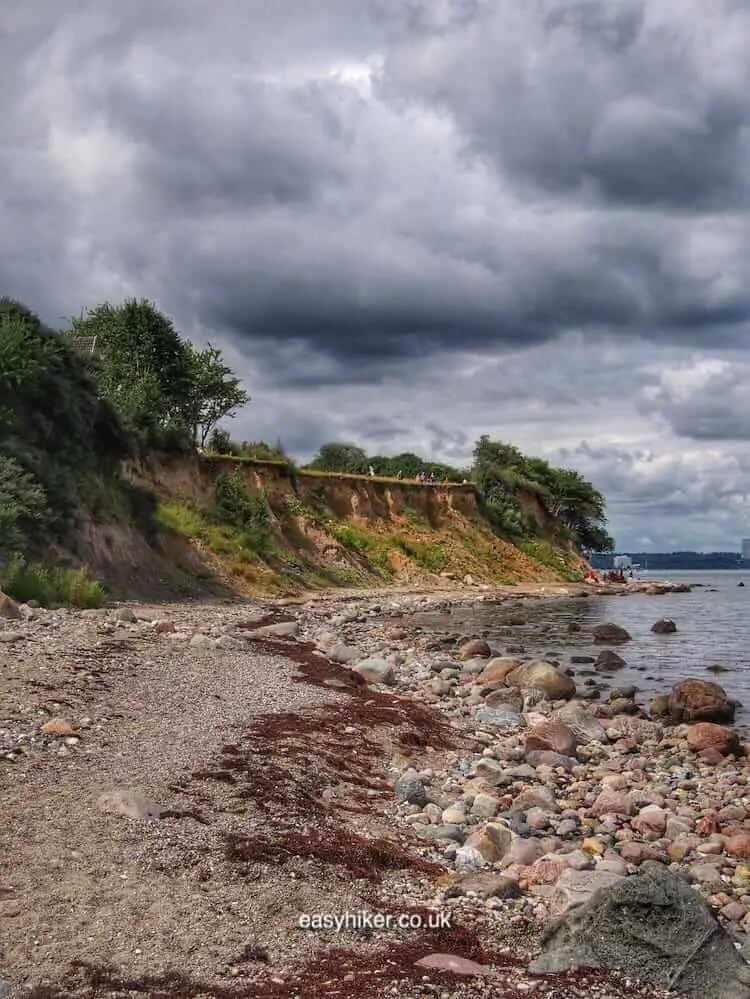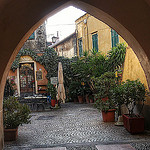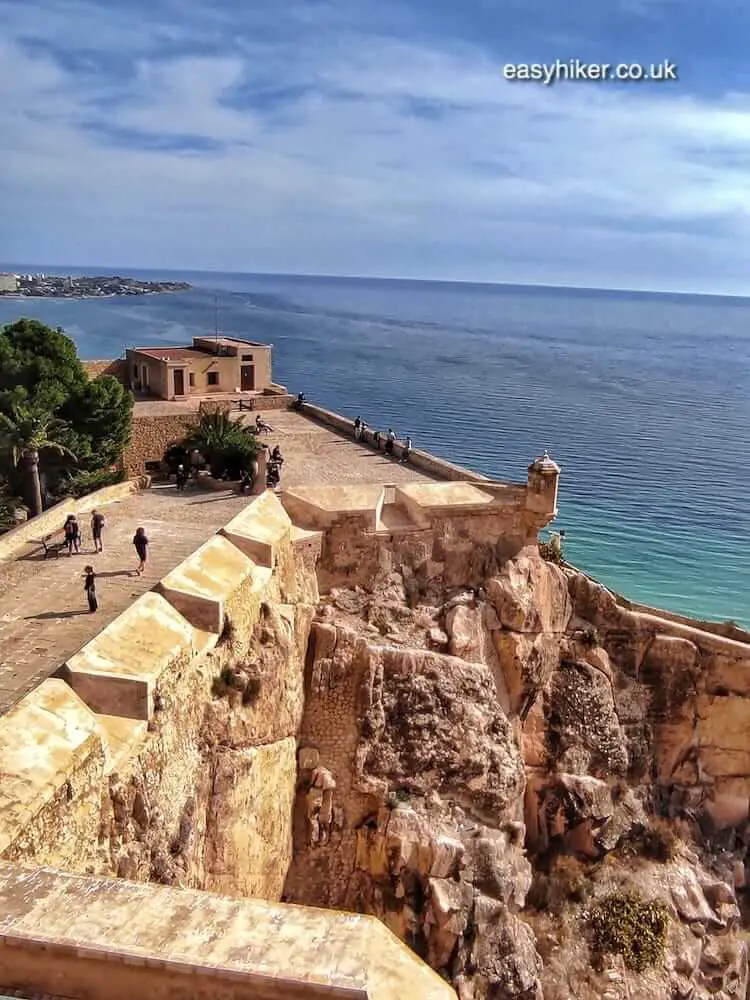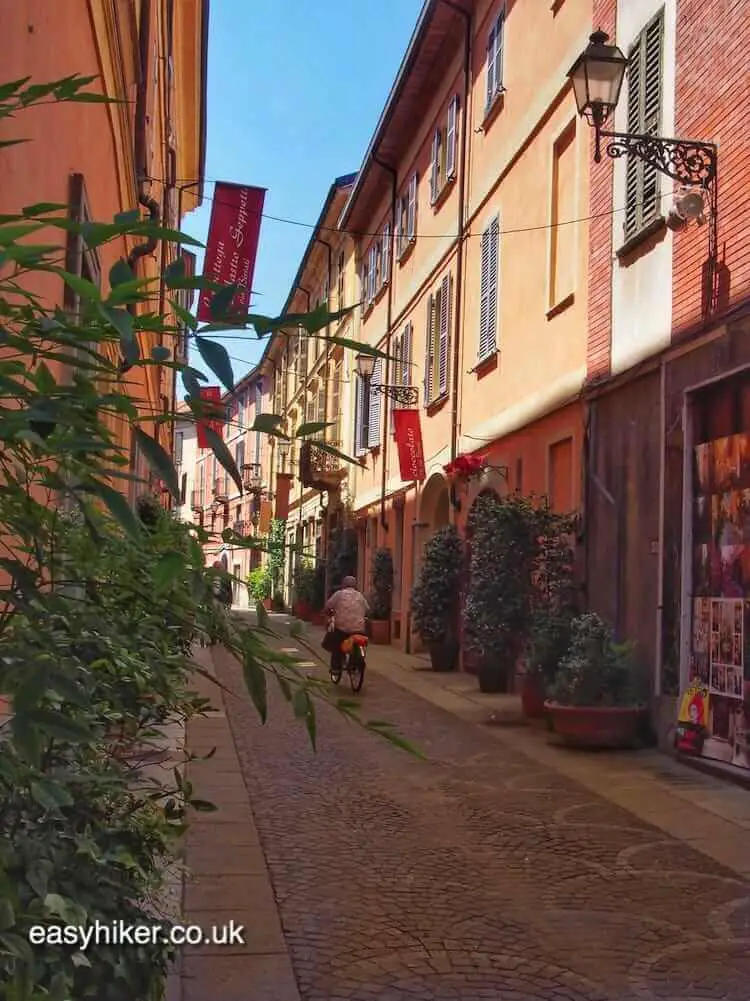Matera is the ugly caterpillar on the tree of international travel destinations. 70 years ago, the town was the epitome of the backward, benighted Italian South, so poor and neglected that it was officially designated a national disgrace – la vergogna nazionale – by the country’s first post-WWII government.
Today, it is one of Europe’s most celebrated up-and-coming tourist attractions: a beautiful butterfly.

This has been a journey like no other: a truly miraculous “Matera-Morphosis” from rags to riches.
Destinations tend to be either places that have been on the itinerary for centuries but were, until fairly recently, only open for the wealthy (Venice, Paris, the resorts on the Riviera) or visitor attractions that were manufactured during the post-WWII boom of international travel (Las Vegas, the various Disneylands, the coastal resorts in developing countries).
Matera fits neither of these categories. It was a slum town that transformed itself into a bijou destination in little more than a single generation. This is a unique back story, but not the only thing that is unique about Matera.
The place certainly does not look or feel like any other in Italy, north or south …

… or indeed any other place in the world.
Neither does it echo any specific period of history: modernity in any guise appears to have passed by Matera entirely, but the Middle Ages and even antiquity have equally failed to leave behind more than a few shallow traces.
Matera is an archaic town in an archaic landscape.
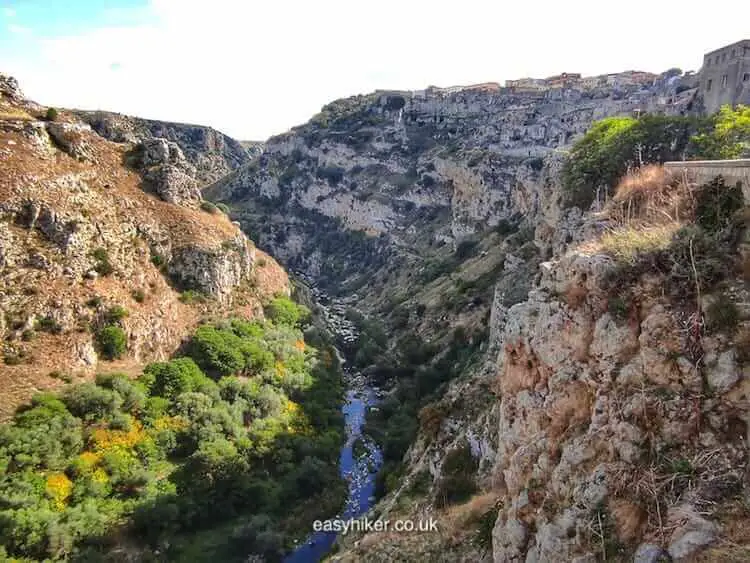
“In this dark land, Christ never descended”, Carlo Levi writes in his autobiographical account of the two years he spent as a political exile in the Matera region, having been banished from his hometown of Turin to the very sole of the Italian boot in the 1930s.
Levi called Matera “the capital of the peasants, the hidden heart of their ancient civilization” which had been established on a foundation of mysticism, superstition, and pagan rites.
“Christ stopped at Eboli”, he says in reference to the town just south of Naples, “where the road and the train abandon the coast and the sea to venture into the wastelands of Lucania”.

How best to experience this strange and fascinating town?
The local tourism office has prepared several walking routes, and if you get hold of one of the maps that identify these trails, we suggest you pick the one which is marked in green.
It leads you from the central Piazza Veneto through the narrow streets of the Cività quarter at the foot of the Duomo …

… to the main landmarks such as the twin rock churches of San Pietro Caveoso and Santa Maria d’Idris …

… but, above all, it takes you to the most breathtaking part of the town, the promenade on the city walls that offers panoramic views over the wild landscape of the Murgia.

It also invites you for a stroll into the Sasso Caveoso, one of Matera’s districts with cave-like dwellings that have been carved into the soft sandstone for thousands of years, possibly since the very dawn of human civilization around the year 7000 BC.
The structures that you see today, however, date largely from the late Middle Ages when the older caves were enlarged into vault-like living spaces.
From the 17th century onwards, the sassi quarters gradually turned into slums, and by the end of WWII, 15,000 people lived here in conditions that would have been virtually unique across the Europe of the period: there were no “modern conveniences” such as electricity, running water or sewage disposal systems.
These caves were malaria-ridden hellholes, inhabited by multigenerational families that were sharing their dwellings with donkeys and pigs.

Most of these cave dwellings have been empty since the government confiscated and cleared them during the 1950s and 1960s.
More recently, however, local entrepreneurs have purchased some of these houses in the sassi and turned them into fancy boutique hotels.
The families who used to live in the sassi, meanwhile, have long moved on. Most of them were evacuated into the modern district that was purpose-built on top of the old town in the post-war decades.
Whatever you may think about the contrast between the low-cost family homes from the past and the present: it seems unlikely that, a few hundred (or thousand) years from now, visitors from all over the world will flock to Matera to visit its 1960s council estates.

In 1993, UNESCO awarded its sought-after World Heritage Status to the sassi and the rock churches of Matera: the first and momentous stage of the town’s astonishing metamorphosis into a fancy tourist destination.
Several of these rock churches – chapels and shrines for quiet contemplation that were hewn into the mountainside – can be visited, but if you only have time for one, we recommend the specifically beautiful church of Santa Lucia alle Malve in the Caveoso district.

Another milestone on Matera’s journey into the top flight of Italy’s tourist attractions was the town’s designation as European Capital of Culture in 2019.
Today’s townscape still reflects the efforts undertaken by the municipal administration to connect Matera to contemporary cultural trends.
Street sculptures celebrate 20th century art movements (Dalì appears to a particular favourite) …

… as well as older, gentler traditions – sculptures like the “Fountain of Lovers”, a loving recreation of a street scene from the town’s imagined past conceived and cast by Enzo Viti, Teresa Lupo and Domenico Sepe.

There is a lot to see in the dense network of narrow lanes and side-streets that climb up and down the rock on which Matera was built …

… but do not exhaust yourself: you will need to tap your energy reserves for another Mandatory Experience on the Matera Itinerary, an expedition with an altogether more adventurous flavour.
More about that next week!
